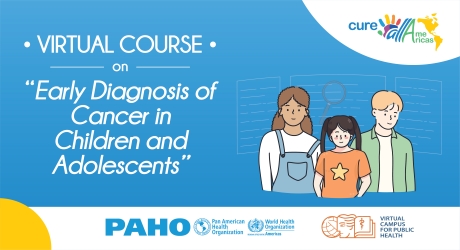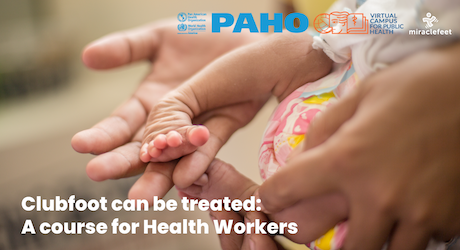The Region of the Americas has made great strides in reducing infant mortality and morbidity using evidence-based interventions, new knowledge, and technology. Pneumonia, malnutrition, and vaccine-preventable diseases as causes of death have also decreased significantly. Despite these achievements, progress within countries has been uneven. Persistent social exclusion, gender, class and ethnic inequalities and widespread differences increase the risk of dying in children of all ages. They also have detrimental effects on the cognitive, emotional, and educational development of children and constitute one of the greatest challenges of the Region. Investing in children is investing in human capital and in future generations. It is also the obligation of states to ensure that every child fulfils his or her right to live, survive, develop, learn, play and participate. The children of the Region of the Americas are its greatest asset, and the recognition and protection of their different needs and human rights are essential for effective development.
- The infant mortality rate decreased in the region by 67%, from 53.8 to 17.9 per 1,000 live births between 1990 and 2015.
- Most current infant deaths are neonatal or stillbirths, regionally and nationally, due to the significant reduction in postneonatal deaths.
- Lower respiratory tract infections and diarrheal diseases are important causes of years lost due to death, illness, or disability (DALYs) in children under five. They account for 11% and 6.7% of total DALYs, respectively.
- Neonatal conditions (congenital malformations, infections, and complications of prematurity) account for most of the years lost.
- Infectious diseases (respiratory infections, diarrhea, tuberculosis, meningitis) are the second leading cause of death.
- HIV infection and cancer are increasing in rank when comparing 1990 and 2013 data in the region.
- Road traffic and unintentional injuries are among the leading causes of death among children aged 5-14 in Latin America and the Caribbean.
- Major depressive disorder, conduct disorder, and anxiety disorders were the leading causes of disability globally and in the region among children and adolescents in 2013. Other preventable causes of disability in the region include anemia (16% of LDs), hearing and eye disorders (4.6%), and neglected diseases such as hookworm diseases (about 3%).
- A total of 4.1 million 3- to 4-year-old and low- and middle-income children in the region (18.7% of the region's total population of infants of those ages) experienced low cognitive and/or socioemotional development in 2010.
The potential of the health sector to ensure that children can thrive is enormous. It plays a more decisive role and a greater contribution to equity and sustainable development, ensuring not only effective coverage and quality in health interventions, but also contributing to ensuring the integral development of children.
Emphasis on early childhood development is growing in the region. Along with the emphasis on reducing preventable infant mortality, there is already a shift towards a human development perspective. Nineteen countries in the region have developed national policies, policies and plans to ensure their implementation of child development. Once again, the region promotes a broad understanding of the health and development of children at different ages in the first two decades of life, which goes beyond survival, reflects on the diversity of their family and their living circumstances, and applies a holistic vision that considers not only physical growth but also the social/emotional and linguistic/cognitive dimensions of children’s development.
Plans and programs to improve the growth and development of children have been identified in the region, involving support and guidance to parents and caregivers; parenting practices; day-care services; health services with child development interventions; national child health strategies that include parents or other male caregivers.
In line with the 2030 agenda of the Sustainable Development Goals and the Global Strategy for the Health of Women, Children and Adolescents, More integrated and collaborative approaches are being recommended to the health sector to address inequalities in the region in the social, environmental and economic dimensions of development. Healthy and Optimal growth and development of a child also requires a safe home, a safe neighborhood, and protection from harmful violence and discipline.
In September 2012, PAHO member states adopted a five-year Strategy and Plan of Action for Comprehensive Child Health, which advocate an integrated, intersectoral and rights-based approach to child health and development. More recently, PAHO has aligned itself with the new Global Strategy for the Health of Women, Children and Adolescents focused on meeting the Millennium Sustainable Development Goals, which include a specific goal for health: "Ensure a healthy life and promote the well-being of all at all ages." It focuses on the protection of women, children and adolescents living in humanitarian and fragile environments and the realization of their human right to the highest attainable standard of health, even in the most difficult circumstances.
To meet the challenges of the SDGs in the Americas, the Plan of Action for the Health of Women, Children, and Adolescents 2018-2030 was adopted by Member States, proposing an integrated life-course approach to address common challenges and barriers faced by these populations and to build health and well-being over time and across generations.

















